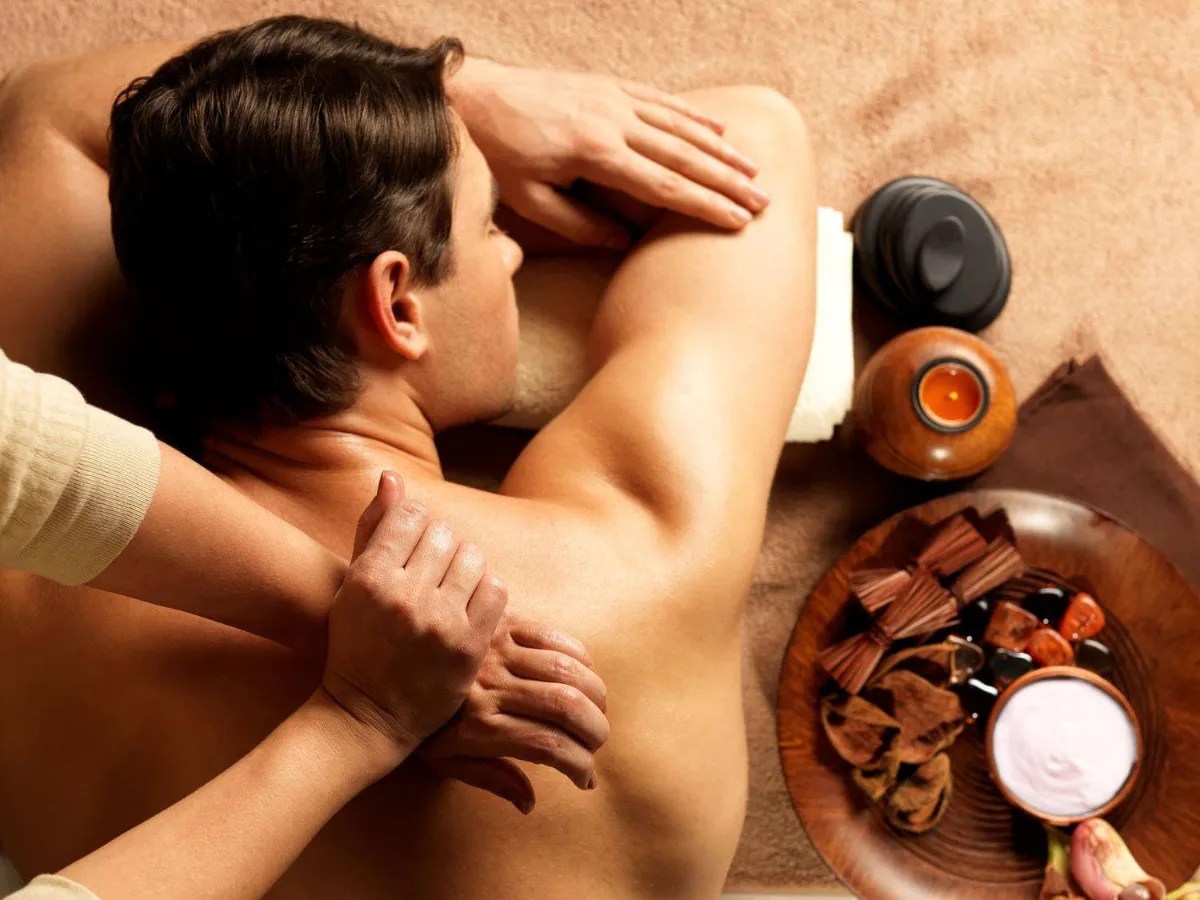
Shiatsu Massage
Shiatsu is a form of massage that utilizes the hands, thumb, or other body parts, to apply direct pressure on various points or channels in the body. It is performed through loose clothing and does not use oils.
What to Expect During a Shiatsu Massage
Before the session begins, a shiatsu practitioner evaluates the person and assesses a person's state of qi to plan the session. The practitioner may perform varying protocols based on the person's general energy level, presence of blockages, and conditions.
For example, when a person has deficient energy levels, the practitioner uses techniques to reactivate or stimulate the blood and qi circulation. Meanwhile, they may utilize techniques to diffuse excess energy in anxious and stressed individuals.
Practitioners perform manual techniques such as holding, stretching, tapping, pressure, kneading, and soothing, using their thumbs, fingers, palms, and knees. They may also do more body stretches, rotations, and joint mobilizations.
From time to time, the therapist may ask the person to change their position to allow them to work on specific meridian points to energy stagnation or blockages.
Shiatsu does not use instruments or oils. During a session, individuals are fully clothed and traditionally lie on a futon mat placed on a floor, but lying on a massage table is also common.
Benefits of a Shiatsu Massage:
Shiatsu is a holistic form of therapy that improves a person's overall health by affecting their internal energy system. It is said it helps with:
- Poor posture
- Joint problems such as arthritis
- Painful muscles
- Digestive and bowel disorders
- Sports injuries
- Asthma
- Constant cold
- Skin conditions
- Sciatica
- Acute and chronic aches and pains
- Fatigue
- Muscle tension
- Sinusitis
- Bronkitis
- Anxiety
- Depression
- Insomnia
History Of Origin
Shiatsu is a bodywork that originated in Japan. It integrates Japan's traditional manual therapies such as acupuncture and anma, an old Japanese massage style, with western medical knowledge.
Healthcare professionals view shiatsu as a modified form of acupressure, a massage therapy that involves pressing specific points in the body to reduce tension and fatigue by improving blood and lymphatic circulation. Shiatsu has its roots in the concept of qi. In traditional Chinese medicine, qi is the vital life force that drives all life activity. It believes that health occurs when qi flows unobstructed. When it becomes deficient or blocked, symptoms such as body pain, headaches, and digestive arise. A shiatsu therapist applies pressure on the body's meridians, parts of the body believed to be energy channels, to balance or unblock the flow of energy (qi).
While shiatsu translates as finger pressure, a shiatsu therapist may also use palms, elbows, and sometimes feet to apply pressure along energy lines or paths to relieve pain and tension in the body.
Precaution
The procedure should not be performed on people with any of the following conditions as it can be dangerous.
Acute illness, fever, osteoporoses, high blood pressure, arrhythmia, uncontrolled diabetes, bone fractures, recent wounds, recent scars, areas of inflammation, varicose veins, blood cancers, viruses (such as flu and chickenpox), and/or herniated disk(s)
If you match any of the prior listed conditions please consult your doctor before booking your massage.
Book Your Massage Here- 15 Minutes - $35
- 30 Minutes - $60
- 45 Minutes - $95
- 60 Minutes - $120
- 90 Minutes - $180